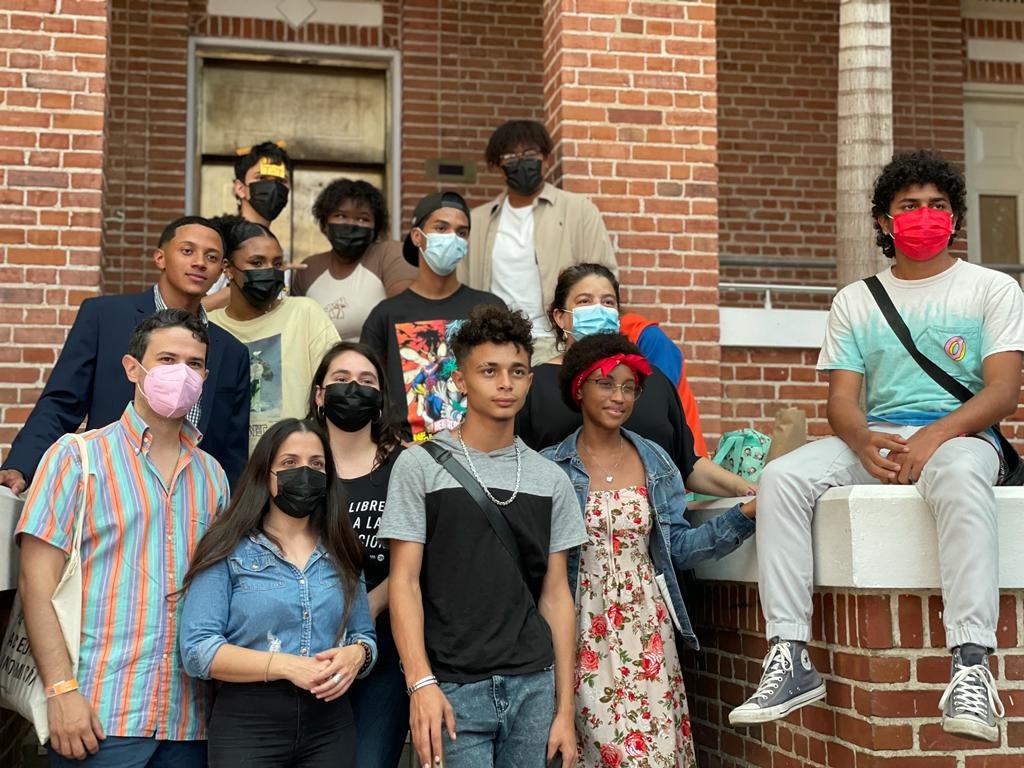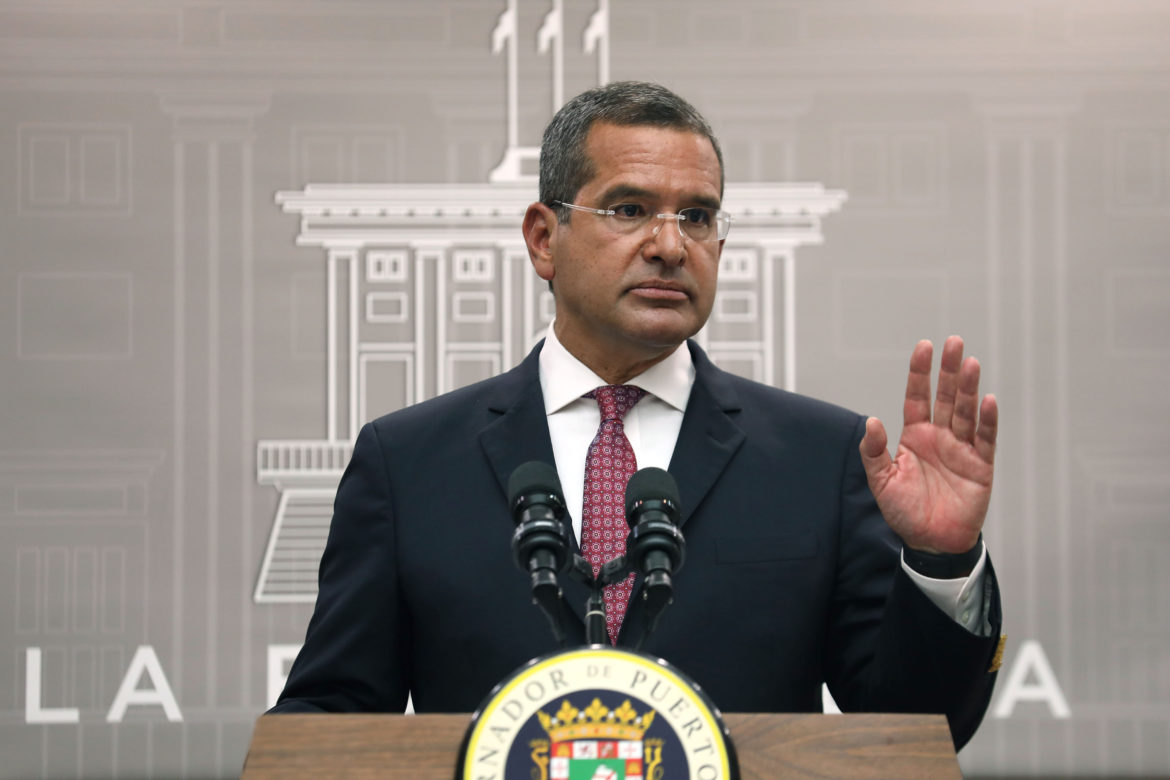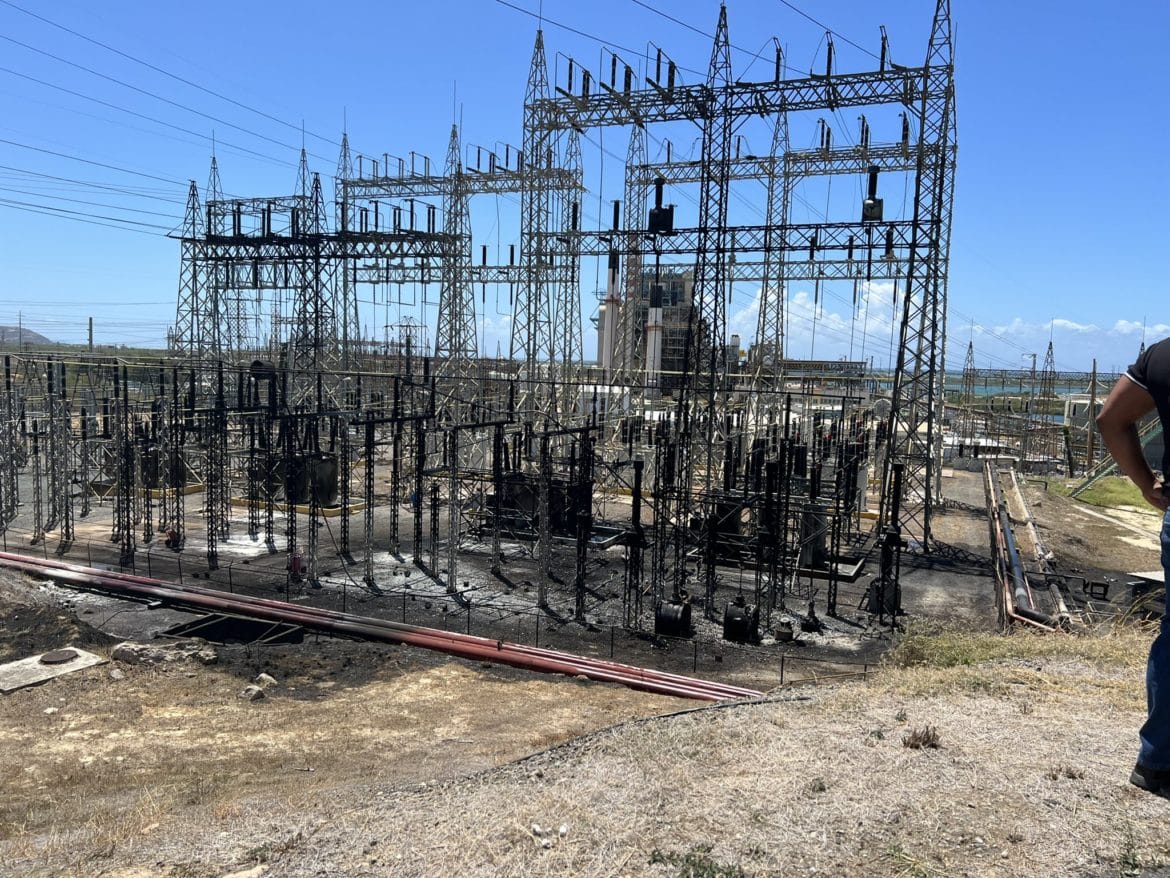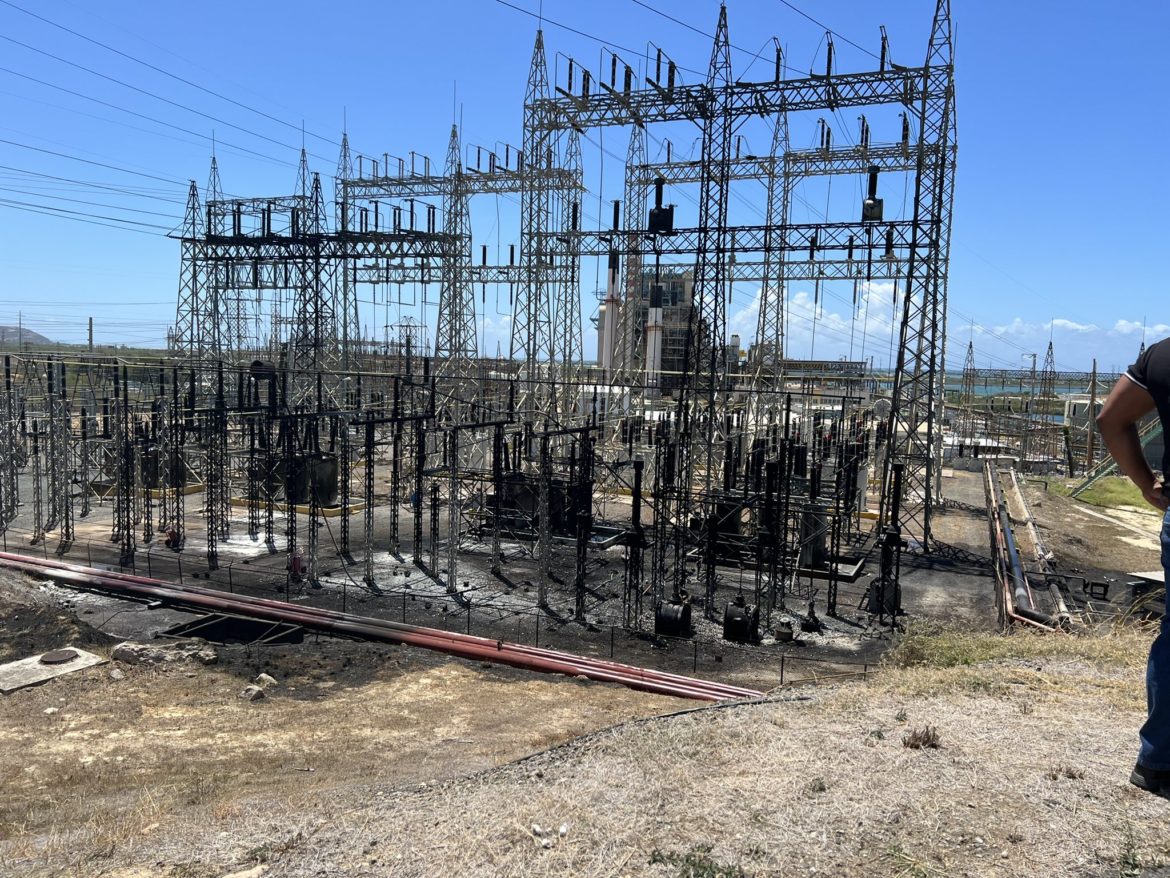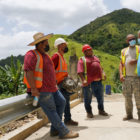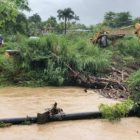
The plea agreement by Joseph ‘Joey’ Fuentes Fernández, Governor Pedro Pierluisi’s friend, for setting up a scheme to conceal the identity of the donors of the Super Political Action Committee Salvemos a Puerto Rico through the creation of shell corporations Fundación Pro Igualdad Inc., and Foundation for Progress, anticipate other possible convictions of donors and coordinators mentioned in the case documents, several attorneys familiar with electoral law agreed. The timeline of the facts, the identification of other people in the case’s official documents and the Federal Prosecutor’s Office’s report that they have text messages between Fuentes Fernández and other participants, are an invitation to those who donated violating the limits to the officers of the phantom organizations and other participants in the Salvemos a Puerto Rico scheme to cooperate with the authorities, said Héctor Luis Acevedo, professor of Political Science, Electoral and Constitutional Law. Joey’ Fuentes Fernández, Governor Pedro Pierluisi’s friend, pleaded guilty to scheming to lie to the Federal Election Commission.Screenshot
He believes that the Federal Prosecutor’s Office’s strategy of filing first against Fuentes Fernández, who managed the Super PAC, getting him to plead guilty with a relatively kind treatment, sends the message to others that they will not be treated well if they do not cooperate. This includes Individual 1, an associate of the then gubernatorial candidate who is described as “a significant fundraiser” seeking donations in support of his 2020 election campaign. The official documents of the case mention that this Pierluisi associate exchanged text messages, emails, and other digital messaging applications between Fuentes and Individual 2, who was the secretary of the ghost foundations, in which they discussed aspects of his scheme to avoid reporting to the real donors.


